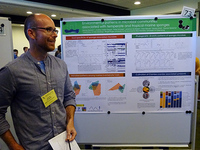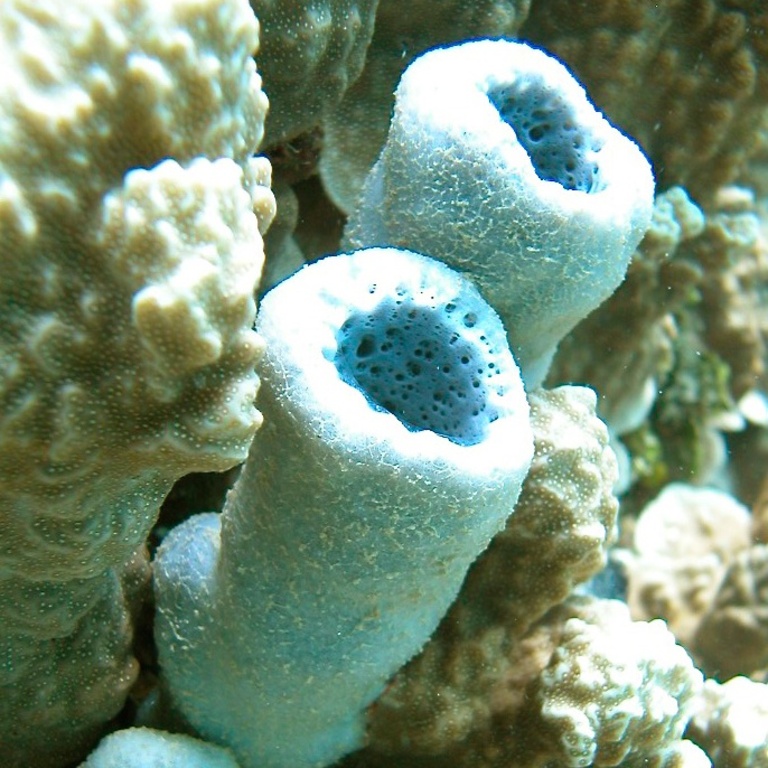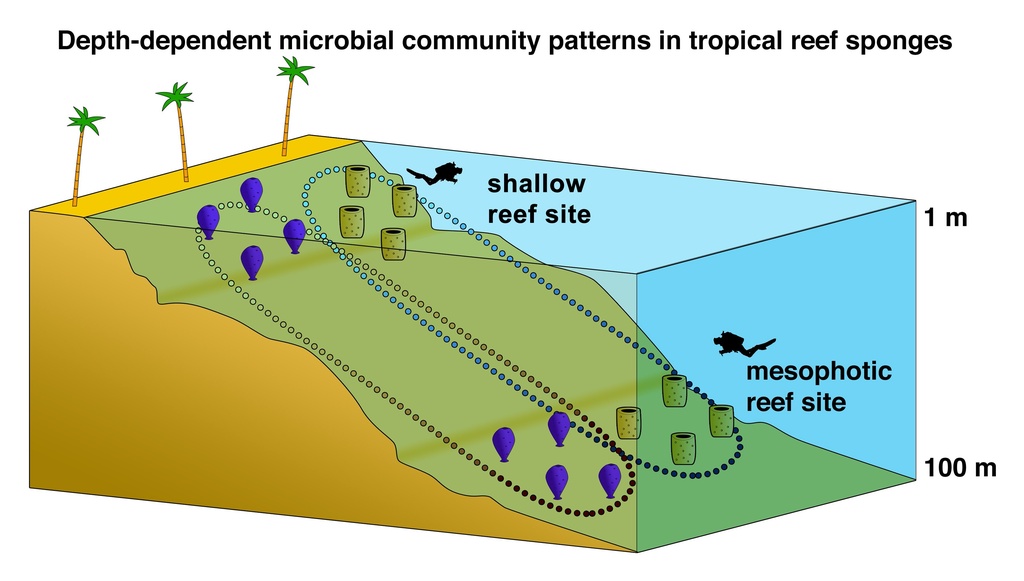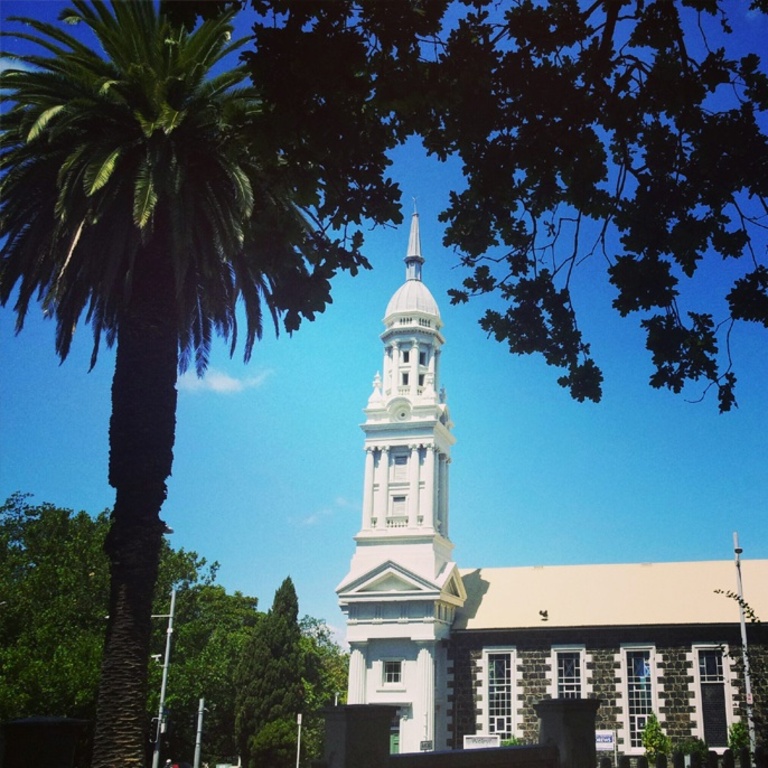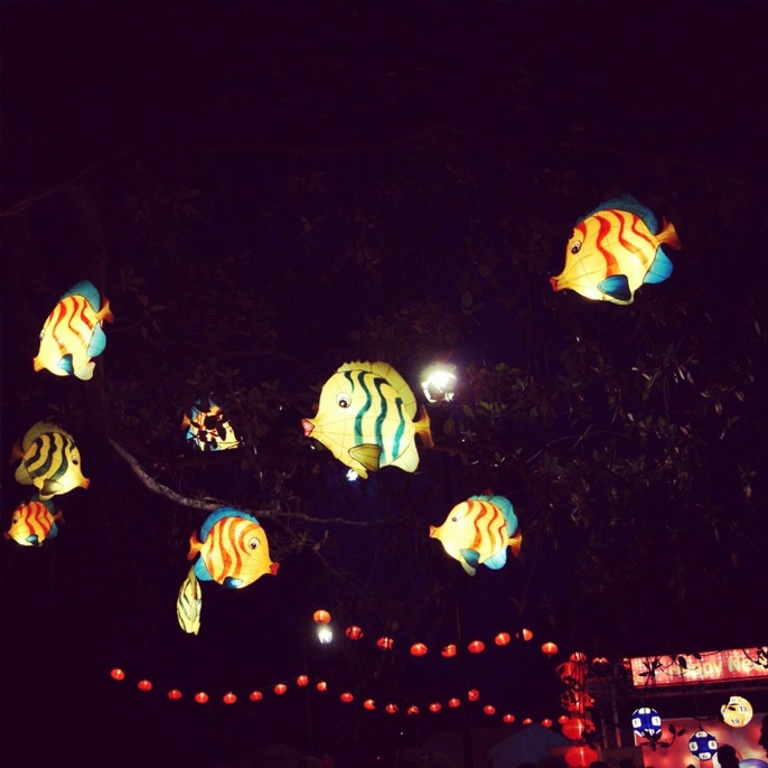Behind the science:
In four shallow and mesophotic tropical reef sponges from Guam the ...
2017, November 15
Posted by Veronica Radice
Fields
Molecular ecology
Biodiversity
Focusgroups
Bacteria and Archaea
Porifera (Sponges)
Locations
Micronesia - Guam
“Sponge host identity influences associated microbiota”
What was the most challenging aspect of your study (can be anything from field, lab to analysis)?
It is easy to collect sponge specimens from shallow coral reefs by snorkeling or Scuba diving. Therefore, so many studies focus on sponges from relatively easy accessible depths. But our mesophotic sponges were located at 80 – 90 meters (260 – 295 feet). Therefore, we needed help from a technical diver with special equipment. In addition, it was also difficult to find sponge species, which can be found along such a depth gradient. If we then add the very limited diving times at those depths, the most challenging part was the mesophotic sampling of our sponges.
What was the most memorable moment in undertaking this study?
This was a very international study. Peter Schupp collected the samples in Guam, and I processed the samples for pyrosequencing in Mike Taylor’s lab in Auckland (New Zealand) for the data analysis back in Germany. Therefore, the best and most memorable time for me was my stay in Auckland. It was great to be a guest in Mike’s lab. And, of course, New Zealand is beautiful. I would like to go back to the island.
What was your favorite research site in this study and why?
The most exciting part was the mesophotic sampling within the Blue Hole, which seems to be one of Guam’s most popular but also difficult diving spots. The vertical Blue Hole sinkhole has a vertical shaft of more than 90 m depth at which it merges with a deep drop-off running along the southern part of the Orote peninsula.
Other than your co-authors, with whom would you like to share credit for this work?
Jim Pinson for the collection of sponges from the twilight zone and David Waite for his wet and dry lab support in Auckland.
Any important lessons learned (through mistakes, experience or methodological advances)?
It is obvious, but a proper experimental design and replication is critical. Especially if your sample / sampling site access is limited. Therefore, better collect more specimens than initially planned. Everything becomes much simpler in the end.
Can we expect any follow-up on this work?
Marine sponges are acknowledged holobiont systems with a unique set of features, from being a source of unique secondary metabolites to complex symbiotic prokaryotic communities. Sponge-associated community compositions are influenced by host species over large spatial and temporal scales. Moreover, almost all sponge-species can be grouped into either high or low microbial abundance (i.e., HMA / LMA) sponges based on the abundance of prokaryotic cells in the sponge tissue. It is fascinating how sponge-prokaryotic communities can maintain these distinct diversity patterns at multiple scales (e.g., host-identity & microbial abundance status) over time and location and despite changes in environmental conditions. The impact of depth on sponge-associated prokaryotic communities is of great interest to me. Right now, we are working on a couple of studies that are looking at various sponge-microbe depth gradients in different marine ecosystems, including tropical and deep-sea sponges. Fingers crossed.
Featured article:
|
|
In four shallow and mesophotic tropical reef sponges from Guam the microbial community largely depends on host identity | article Steinert G, Taylor MW, Deines P, Simister RL, de Voogd NJ, Hoggard M, Schupp PJ (2016) PeerJ 4:e1936 |

|
